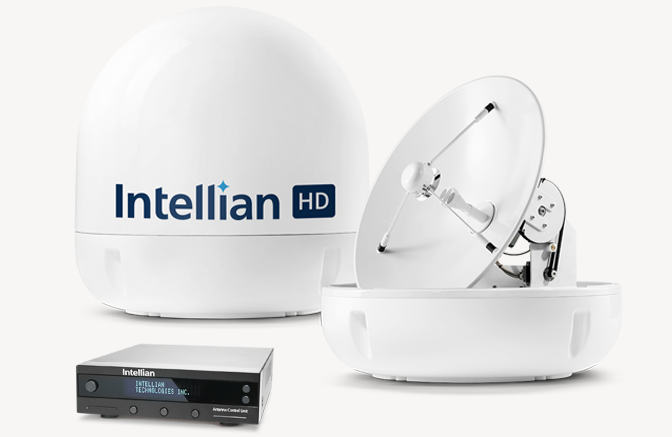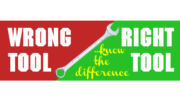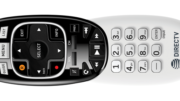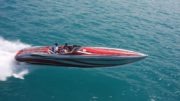If you are lucky enough to have a large yacht, you may actually choose to take it all around the world. You’ll want to bring TV service with you, and obviously you didn’t get a big yacht by wasting money. So, you’ll want a satellite system that works everywhere… if you can get it. It’s a little harder than it looks.
There are several satellite systems in use around the world and none of them are particularly compatible with each other. Throughout Europe, there are both “Freeview” and paid satellite systems, each requiring its own receiver. Freeview systems replace land-based broadcast towers and are used in countries where all broadcasting is done by the government. Other satellite systems add more channels and more service if you’re willing to pay for them.
Is anything at all common?
If you’re looking for satellite service throughout the world, it’s actually possible to use the same satellite dish, or antenna as they are sometimes called in the marine industry, for much of the world. Satellite broadcast technology isn’t terribly different throughout much of the world and only the receivers need to be changed out from country to country. Of course if you’re talking about a paid system you’ll need a subscription for every country you visit. This isn’t a problem at all if you limit yourself to free services, and there are a few.
In the West, though…
The big exception is North and Central America. Both DIRECTV and DISH use proprietary systems that are different from the ones used anywhere else. DISH used to use a very common system but has moved to a “hybrid” system that uses different wiring from any other system in the world. This follows DIRECTV’s lead; they started using single-wire technology for US and some Latin American operations about a decade ago and have largely phased out the older wiring systems that were compatible with global systems.
This is creates problems because if you’re traveling around the world, or even just around the Atlantic Ocean, you could need two or three different wiring schemes in order to get DIRECTV service in the countries you visit. In some cases a skilled engineer can change the switches needed rather easily, or have more than one system active in the closet and move the output cables from one place to another. This is a much better idea than having two or three sets of cables running to each stateroom, since every inch of space in a yacht is precious.
Another option is to continue to use older tech on your boat. Both DIRECTV and DISH can still provide you with last-generation receivers that are much more compatible with other systems used in the world so at least the wiring can be similar. The trick, though, is how to get that stuff, and I’ll explain that in a minute.
DIRECTV and DISH… the name of the game
DIRECTV is the largest satellite TV provider in the world, covering the US, the Caribbean, and several Central American and South American countries. Unfortunately the distribution systems in Latin America are different from the ones in the US, and of course Latin American programming is on different satellites from US programming. Special hardware and software on the satellites means that it’s very difficult to get service outside the area you’re supposed to; in other words it’s practically impossible to get US DIRECTV service in Venezuela, and equally impossible to get DIRECTV Venezuela programming in the US.
DISH’s “footprints,” the areas served by the satellites, are a little more forgiving. This is because DISH uses two fleets of satellites, one for the east and one for the west. Yes, this makes things more complex for people on land. It’s actually a benefit to seagoers, especially in the Caribbean. In that part of the world it’s often possible to get DISH programming nearly everywhere you travel.
Here’s the solution
If you’re considering outfitting your yacht with satellite service, you need to call the professionals at Signal Connect. We have done more marine activations than anyone in the world. We’re one of the few places you can get that last-generation equipment I spoke of. And, really, we’re the only ones who know how to make it work with today’s tech. So, if you really want an expert in your corner, you know who to call. Call us at 888-233-7563 during East Coast business hours. You’ll get someone in our Michigan offices who really knows their stuff. They’ll give you a direct line when you can even contact them after hours. Get the service you deserve from Signal Connect. It just takes one call. If it’s after hours, fill out the form below and we’ll get back to you, usually within one business day.





